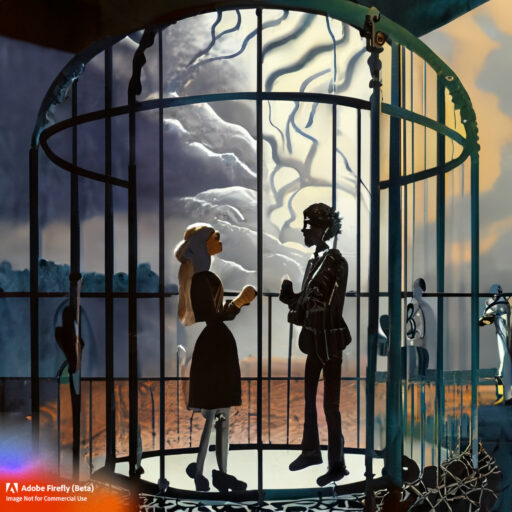Less than two years after its introduction, History profoundly changed the lives of billions worldwide. East and West found another reason for disagreement, as each fought for their respective versions of History. In Europe and North America, and less so in other historized parts of the world, commercial exploitation of replays left no business unchanged. Everyone suffered from fear of missing out and looked for ways to gain business advantages using History. The consensus on privacy, personal freedoms, and human rights shifted. As legislators, law enforcers, criminals, conspiracy theorists, vigilantes, and anonymity seekers clashed public- and privately, everyone else was caught in between. The greatest conflict of all, the division between historized and historized-nots, was slowly becoming unsustainable.
For some, it was about their privacy rights. For others, about how a technology over which they have no control drastically affected their lives. And for all of them, about how society discriminated — even attacked — anyone who refused being historized.
The 24-hour delay in public replaying did not stop vigilante and paramilitary groups. Their algorithmic predictions had delays but could still be used to follow and ambush their prey. It sufficed to predict when someone would leave their homes or workplaces and to wait for them. Not even those living in no-recording zones were safe as long as they left them regularly, as Machine Learning models could tell when and where to find them. The prediction could be imprecise, as even a tiny success rate was better than waiting outside all day for a target to walk by. The only protection against that was to become unpredictable, to provide no pattern for the machine to learn from.
Work changed too, in particular recruiting practices. Using an algorithm to check a curriculum was a thing of the past. HR departments now run regular History checks. They could quickly inspect whatever they thought was important in an employee. Family values, sexual orientation, community engagement, lifestyle, consuming patterns, or reckless driving are just a few examples of what they could easily find. Of course, this made non-historized people suspicious. After all, if they had nothing to worry about, why hide?
Of course, this didn’t apply equally to everyone. Those who wanted privacy and could afford it visited the “Faraday clubs,” also called Faraday bars. They were usually built underground and protected by one or more Faraday cages: metal meshes that could block electromagnetic waves from entering or leaving. In other words: no communication with the outside world. They did not allow any recording or electronic devices and were typically member-only. Some appealed to those craving different sexual experiences without fear of being historized. Others appealed to business people, offering meeting rooms, catering, and other services. Most were expensive and frequented only by affluent people — and their friends.
Of course, everyone could build their own Faraday cage in their cellar, and many people did. But as always, the difference between “seeking privacy” and “suspicious of hiding something” was measured by your wallet.
